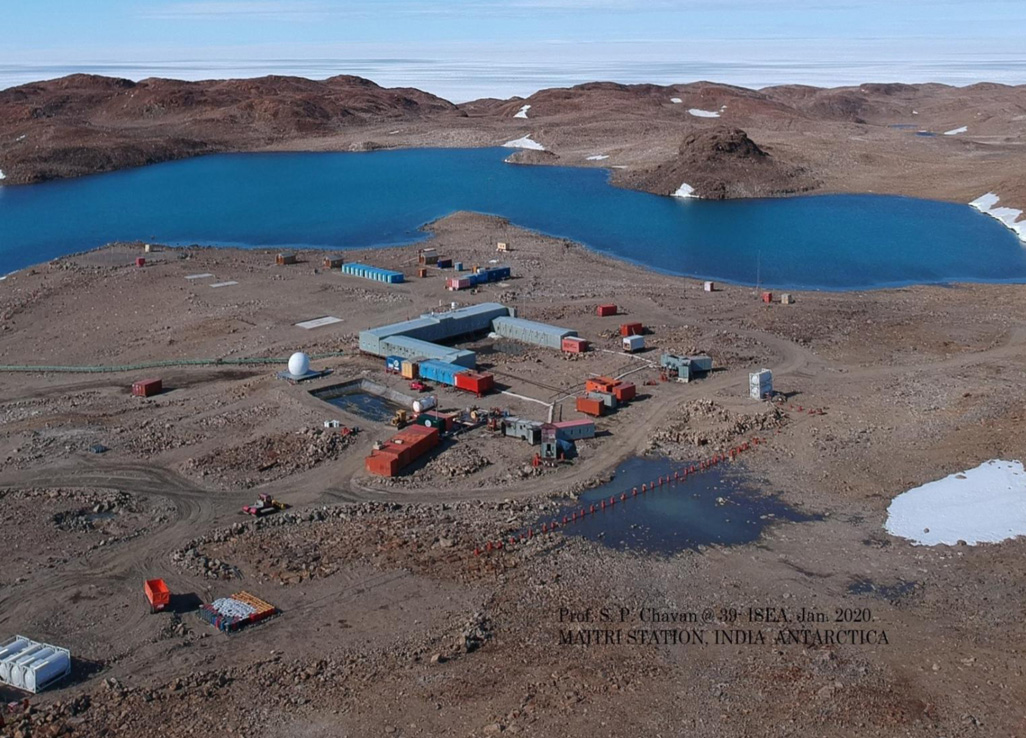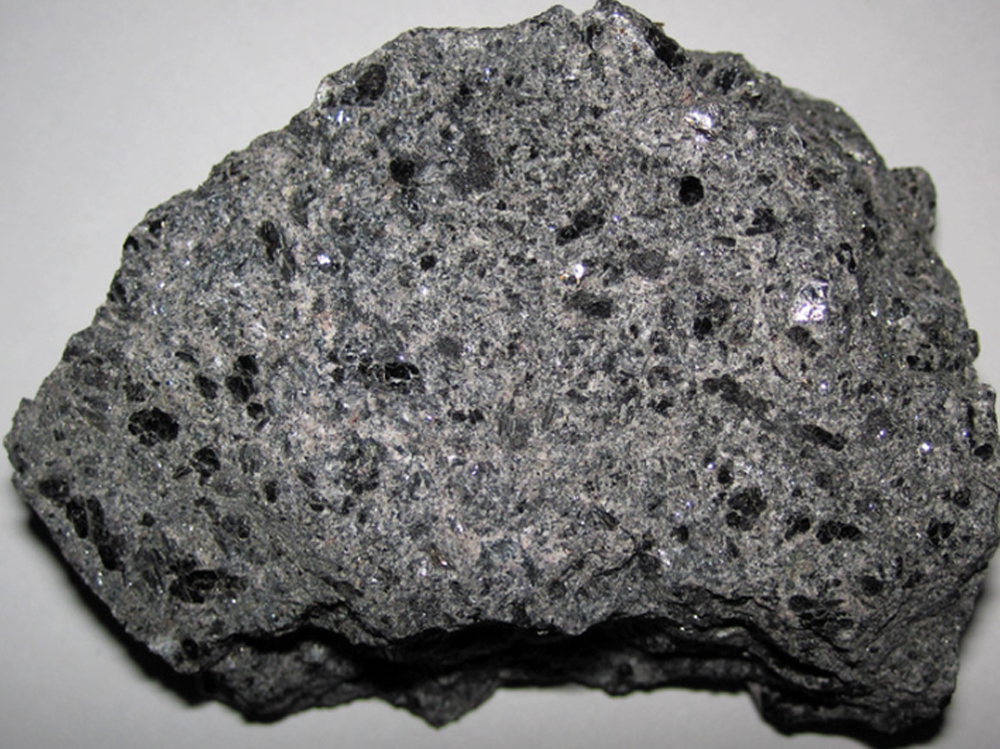Cryospheric Research: Polar Realms and Himalaya



India is set to embark on a new chapter in its Polar exploration journey with the construction of Maitri II. The Indian government plans to establish a new research station near the existing Maitri ba...
.png )
The Deep Ocean Mission (DOM), approved by the Government of India in 2021 under the Ministry of Earth Sciences (MoES), represents a strategic step in realizing Sustainable Development Goal 14 (SDG 14:...

China recently announced restrictions on the export of seven rare earth elements (REEs), soon after US President Donald Trump decided to impose tariffs. As the world's dominant supplier—responsible fo...
Despite being a late starter, India has achieved a great deal within three decades of cryospheric research. Its stations in the Antarctic, Arctic and the Himalaya have undertaken significant research...
The Earth Systems Model and the CORDEX programme of Indian Institute of Tropical Meteorology (IITM), Pune are indigenous initiatives that has brought India closer to understanding the change in climat...
India’s climate services are aimed at effectively conveying information to users in South Asia for informed decision-making to reduce risks from extreme events that are the norm in times of climate ch...
Discovery of new species have aided the understanding of future probabilities. It has been analysed that these newly discovered species are habitants of the few desolate forests that may be home to a...
Despite being a late starter, India has achieved a great deal within three decades of cryospheric research. Its stations in the Antarctic, Arctic and the Himalaya have undertaken significant research to unravel the linkages between polar ice sheets, climate change, Himalayan glacial mass and the Indian monsoon.

The Earth Systems Model and the CORDEX programme of Indian Institute of Tropical Meteorology (IITM), Pune are indigenous initiatives that has brought India closer to understanding the change in climate systems over South Asia.

India’s climate services are aimed at effectively conveying information to users in South Asia for informed decision-making to reduce risks from extreme events that are the norm in times of climate change.
